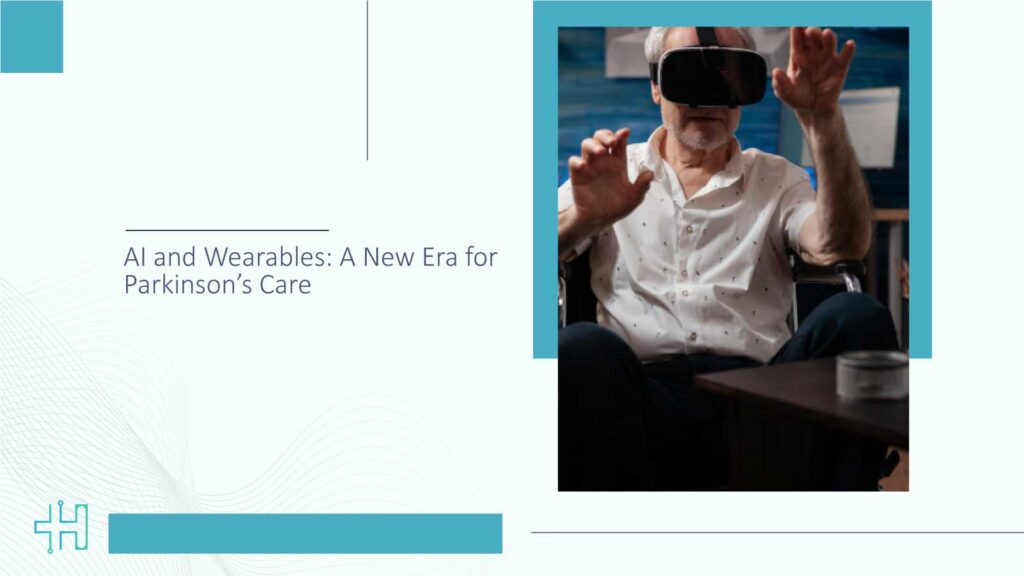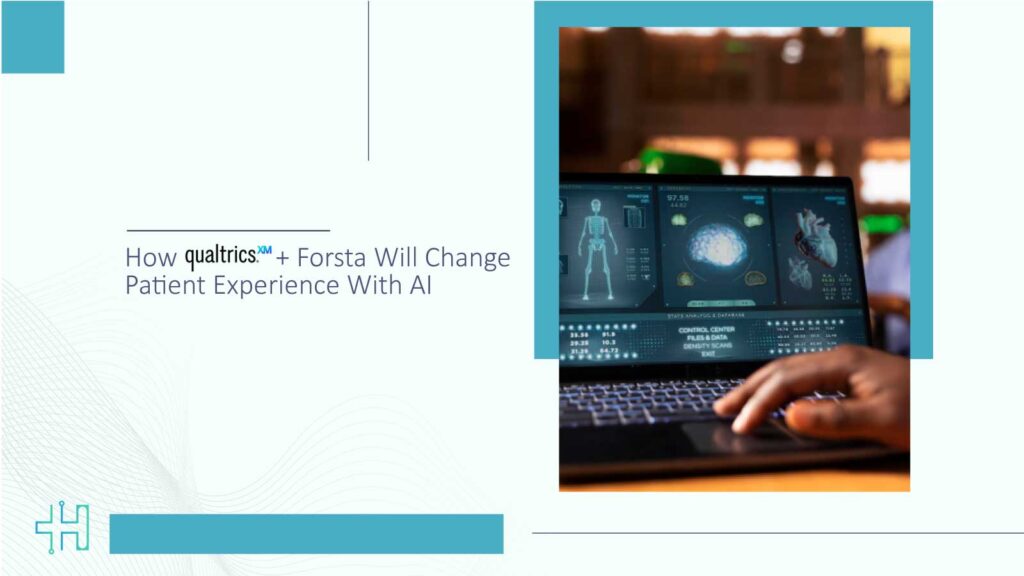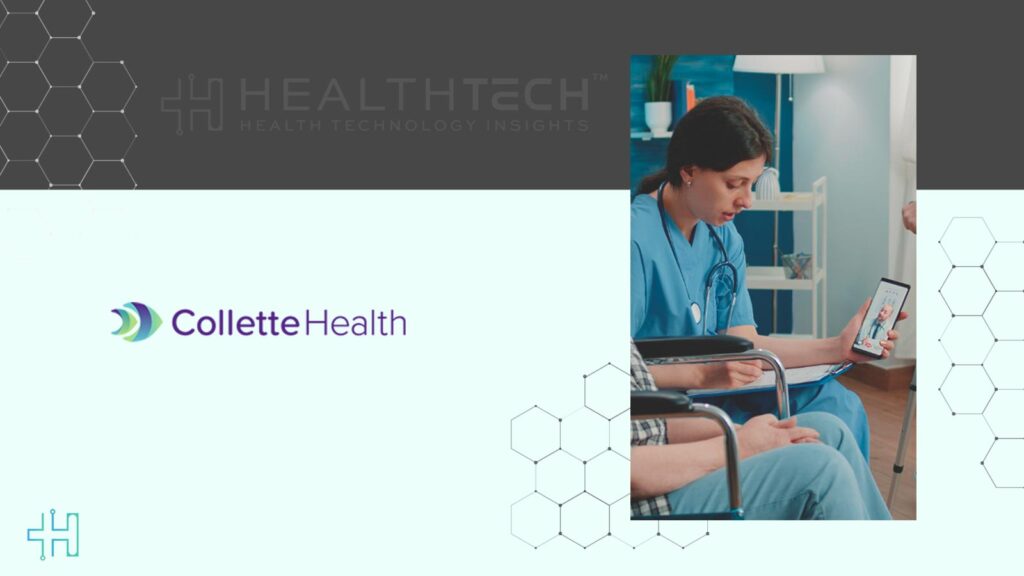Trials designed to reflect migraine burden and patient experience
Merz Therapeutics GmbH, a leading player in neurology-focused specialty pharma, today announced that the first patients have been enrolled in two global Phase III clinical trials MINT-E and MINT-C evaluating the efficacy and safety of XEOMIN (incobotulinumtoxinA) for the prevention of episodic and chronic migraine in adults. Migraine affects around 1.1 billion people worldwide, posing a significant burden on patients and healthcare systems.
Health Technology Insights: Echosens, Novo Nordisk Partner to Boost MASH Awareness
“The enrollment of the first patients in the MINT trials marks an important milestone as we aim to address persistent gaps in migraine care by advancing a new neurotoxin option for patients.”
“Despite the availability of multiple treatment options, the need remains for additional options for prevention of migraines,” says Stefan König, CEO, Merz Therapeutics. “The enrollment of the first patients in the MINT trials marks an important milestone as we aim to address persistent gaps in migraine care by advancing a new neurotoxin option for patients.”
The trials will enroll approximately 1,770 adult patients across 120 study sites in North America and Europe.
- MINT-E will include approximately 990 participants with episodic migraine (defined as less than 15 headache days per month, of which six to 14 are migraine days per month)
- MINT-C will include approximately 780 participants with chronic migraine (defined as more than 15 headache days per month, of which more than eight are migraine days)
Both trials will evaluate the change in monthly migraine days from baseline to Month 6 as the primary endpoint. Secondary endpoints include changes in monthly headache days, acute medication days, and migraine frequency during two-week periods at the end of each injection cycle.
Patient enrollment is underway, with sites now active across North America. Recruitment in Europe is expected to follow shortly. The trials will proceed in accordance with regulatory guidelines, including those of the U.S. Food and Drug Administration and study readiness milestones.
“These trials were designed with the patient experience at the forefront — from trial design and eligibility criteria that reflect current migraine patterns to endpoints that capture the full impact of migraine on daily life,” said Stefan Albrecht, Chief Scientific and Medical Officer, Merz Therapeutics. “By ensuring representation across both episodic and chronic migraine, we aim to generate data that is not only clinically robust but also deeply relevant to the people we hope to serve.”
Understanding the Impact of Migraine
Migraine is characterized by recurrent attacks of moderate to severe head pain, often accompanied by nausea, vomiting, and sensitivity to light and sound. Attacks can last from four to 72 hours and may be preceded by aura — visual or sensory disturbances that signal onset. Episodic migraines affect people fewer than 15 days a month, while chronic migraines occur 15 or more days monthly for at least three months, often with more severe, disabling symptoms. Chronic migraine can have a greater impact on daily life and may require more specialized treatment.
Beyond physical symptoms, migraine is associated with significant emotional, cognitive, and social burden. It frequently co-occurs with depression, anxiety, and sleep disorders, and contributes to reduced quality of life, impaired productivity, and increased healthcare utilization.
XEOMIN IMPORTANT CONSUMER SAFETY INFORMATION
What is XEOMIN?
XEOMIN is a prescription medicine:
- that is injected into glands that make saliva and is used to treat long-lasting (chronic) drooling (sialorrhea) in adults and in children 2 years of age or older.
- that is injected into muscles and used to:
- treat increased muscle stiffness in the arm because of upper limb spasticity in adults.
- treat increased muscle stiffness in the arm in children 2 to 17 years of age with upper limb spasticity, excluding spasticity caused by cerebral palsy.
- treat the abnormal head position and neck pain with cervical dystonia (CD) in adults.
- treat abnormal spasm of the eyelids (blepharospasm) in adults.
It is not known if XEOMIN is safe and effective in children younger than:
- 2 years of age for the treatment of chronic sialorrhea
- 2 years of age for the treatment of upper limb spasticity
- 18 years of age for the treatment of cervical dystonia or blepharospasm
Health Technology Insights: Sonitor and Tagnos Merge to Boost Healthcare Tech Solutions
What is the most important information I should know about XEOMIN?
- XEOMIN may cause serious side effects that can be life threatening. Problems swallowing, speaking, or breathing can happen within hours to weeks after an injection of XEOMIN if the muscles that you use to breathe and swallow become weak. Death can happen as a complication if you have severe problems with swallowing or breathing after treatment with XEOMIN.
- People with certain breathing problems may need to use muscles in their neck to help them breathe and may be at greater risk for serious breathing problems with XEOMIN.
- Swallowing problems may last for several months, and during that time you may need a feeding tube to receive food and water. If swallowing problems are severe, food or liquids may go into your lungs. People who already have swallowing or breathing problems before receiving XEOMIN have the highest risk of getting these problems.
- Spread of toxin effects. In some cases, the effect of botulinum toxin may affect areas of the body away from the injection site and cause symptoms of a serious condition called botulism. The symptoms of botulism include: loss of strength and muscle weakness all over the body, double vision, blurred vision and drooping eyelids, hoarseness or change or loss of voice, trouble saying words clearly, loss of bladder control, trouble breathing, trouble swallowing.
These symptoms can happen hours to weeks after you receive an injection of XEOMIN. These problems could make it unsafe for you to drive a car or do other dangerous activities.
Do not take XEOMIN if you: are allergic to XEOMIN or any of the ingredients in XEOMIN (botulinum toxin type A, human albumin, and sucrose), had an allergic reaction to any other botulinum toxin product, or have a skin infection at the planned injection site.
Before receiving XEOMIN, tell your doctor about all of your medical conditions, including if you:
- have a disease that affects your muscles and nerves (such as amyotrophic lateral sclerosis [ALS or Lou Gehrig’s disease], myasthenia gravis or Lambert-Eaton syndrome)
- have had any side effect from any other botulinum toxin in the past
- have a breathing problem, such as asthma or emphysema
- have a history of swallowing problems or inhaling food or fluid into your lungs (aspiration)
- have drooping eyelids
- have had eye surgery
- have had surgery on your face
- are pregnant or plan to become pregnant. It is not known if XEOMIN can harm your unborn baby.
- are breastfeeding or plan to breastfeed. It is not known if XEOMIN passes into breast milk.
Using XEOMIN with certain other medicines may cause serious side effects. Do not start any new medicines until you have told your doctor that you have received XEOMIN in the past.
Especially tell your doctor if you:
- have received any other botulinum toxin product in the last four months
- have received injections of botulinum toxin in the past. Be sure your doctor knows exactly which product you received. The dose of XEOMIN may be different from other botulinum toxin products that you have received.
- have recently received an antibiotic by injection or inhalation
- take muscle relaxants
- take an allergy or cold medicine
- take a sleep medicine
What should I avoid while taking XEOMIN?
XEOMIN may cause loss of strength or general muscle weakness, blurred vision, or drooping eyelids within hours to weeks of taking XEOMIN. If this happens, do not drive a car, operate machinery, or do other dangerous activities.
What are the possible Side Effects of XEOMIN?
XEOMIN can cause serious side effects including:
- Injury to the cornea (the clear front surface of the eye) in people treated for blepharospasm. People who receive XEOMIN to treat spasm of the eyelid may have reduced blinking that can cause a sore on their cornea or other problems of the cornea. Call your healthcare provider or get medical care right away if you have eye pain or irritation after treatment with XEOMIN.
- XEOMIN may cause other serious side effects including allergic reactions. Symptoms of an allergic reaction to XEOMIN may include: itching, rash, redness, swelling, wheezing, trouble breathing, or dizziness or feeling faint. Tell your doctor or get medical help right away if you get wheezing or trouble breathing, or if you get dizzy or faint.
The most common side effects of XEOMIN in adults with chronic sialorrhea include:
- needing to have a tooth pulled (extracted)
- dry mouth
- diarrhea
- high blood pressure
The most common side effects of XEOMIN in children 2 to 17 years of age with chronic sialorrhea include:
- bronchitis
- nausea
- headache
- vomiting
The most common side effects of XEOMIN in adults with upper limb spasticity include:
- seizure
- nasal congestion, sore throat and runny nose
- dry mouth
- upper respiratory infection
The most common side effects of XEOMIN in children 2 to 17 years of age with upper limb spasticity include:
- nasal congestion, sore throat and runny nose
- bronchitis
The most common side effects of XEOMIN in adults with cervical dystonia include:
- difficulty swallowing
- neck pain
- muscle weakness
- pain at the injection site
- muscle and bone pain
The most common side effects of XEOMIN in adults with blepharospasm include:
- drooping of the eyelid
- dry eye
- vision problems
- dry mouth
These are not all the possible side effects of XEOMIN.
- Call your doctor for medical advice about side effects.
Health Technology Insights: Medallion Raises $43 Million to Launch AI Credentialing Hub
To participate in our interviews, please write to our HealthTech Media Room at sudipto@intentamplify.com
Source- PR Newswire







